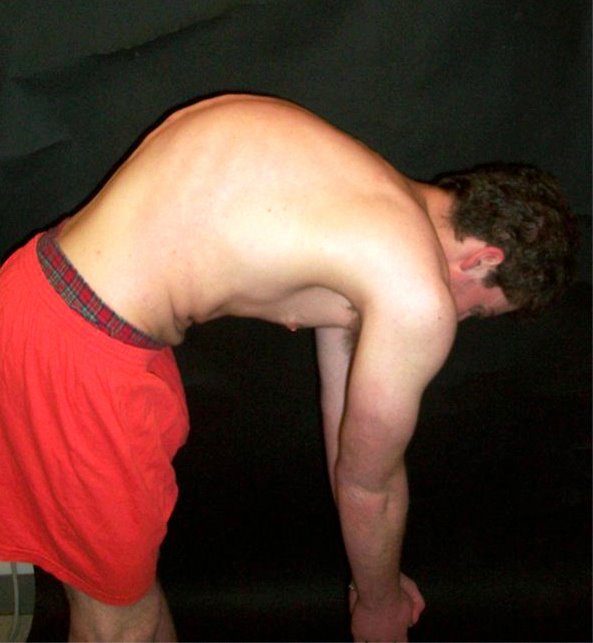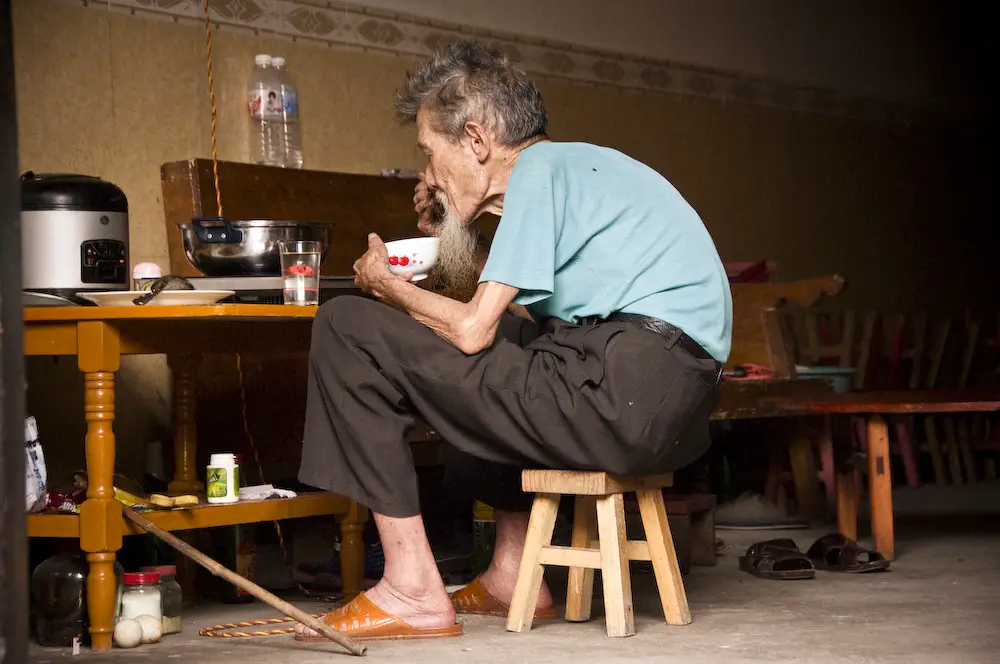A rare pathology, Scheuermann's disease is one of the most common causes of dorsal kyphosis in young people going through puberty. She is atorigin of pain and also many disabilities. We take stock in this article.
What is Scheuermann's disease?
Scheuermann's disease is a growth pathology which is characterized by an exaggerated curvature at the level of the spine especially the thoracic spine. This can cause a rounded back.
The disease develops during the period of bone growth and often manifests at puberty. It occurs when the development of the spine is not happening properly. The vertebrae squeeze on top of each other, causing a great curvature in the thoracic spine, which implies a stooping posture.
The causes of Scheuermann's disease remain poorly understood to this day. However, scientists have identified some clues about the risk factors. These include various situations that can disrupt the growth of the vertebrae such as: heavy lifting, repetitive trauma, nutrient deficiencies, prolonged sitting, juvenile osteoporosis…
The diagnosis of the disease is quite complex. Treatment is generally personalized. Both depend on many parameters, but to learn more, click here.
Is Scheuermann's disease disabling?
Due to the crowding of the vertebrae, the spine weakens and becomes more vulnerable to pressure. This can be disabling for different daily activities.
If the person lifts heavy objects or makes particular movements such as twisting the back, the disease causes pain. The mobility and especially the flexibility of the child are therefore reduced. He deprives himself of sports activities and many daily tasks.
After sitting for too long, it also turns out that the person with Scheuermann's disease is more prone to fatigue. She suffers from stiffness and also muscle cramps.
And finally, as the back is not straight, it is normal for the patient to have small balance problems.
Remember that if Scheuermann's disease is not treated properly, chronic back pain can set in that will persist into adulthood. It also becomes impossible to correct the hunchbacked appearance of the back.
Resources
Projects
https://www.sante-sur-le-net.com/maladies/rhumatologie/maladie-de-scheuermann/




